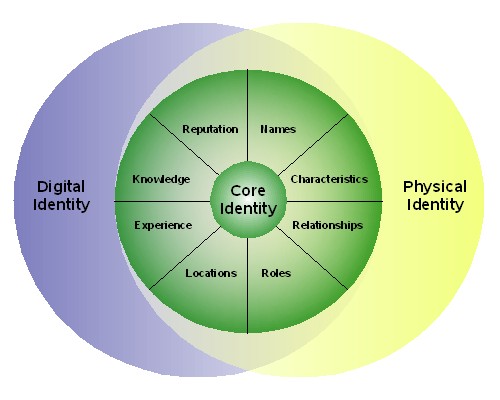Core Identities and Personal Data Stores

I just finished reading an intriguing white paper, “Towards a Trustworthy Digital Infrastructure for Core Identities and Personal Data Stores,” written by Thomas Hardjono, Dazza Greenwood, and Alex (Sandy) Pentland, all associated with MIT.  I was particularly interested to see how much detail has been built around this concept of Core Identities since Dazza Greenwood and I discussed it several years ago, while I was employed by Sun Microsystems.
The paper proposes …
At the heart of digital identities is the concept of the core identity of an individual, which inalienably belongs to that individual. The core identity serves as the root from which emerge other forms of digital derived identities (called personas) that are practically useful and are legally enforced in digital transactions.
… and goes on to explore:
potential business models for Core Identity service providers and Persona providers (specializing in personalization, privacy and preferences services for a unified user experience across many sites and systems)
The paper then ties the concept of Core Identities and Personas to the MIT Open Personal Data Store (Open PDS) initiative:
The OpenPDS is an open-source Personal Data Store (PDS) enabling the user to collect, store, and give access to their data while protecting their privacy. Users can install and operate their own PDS, or alternatively users can operate an OpenPDS instance in a hosted environment.
We use the term “dynamic†here to denote that fact that the PDS does not only contain static data but also incorporates the ability to perform computations based on policy and is user-managed or user-driven. In a sense, the OpenPDS can be considered a small and portable Trusted Compute Unit belonging to an individual.
The paper concludes by emphasizing these four concepts:
- An infrastructure to support the establishment and use of core identities and personas is needed in order to provide equitable access to data and resources on the Internet.
- Personas are needed which are legally bound to core identifiers belonging to the individual. We see personas as a means to achieve individual privacy through the use of derived identifiers.
- the privacy preserving features of core identities and personas fully satisfy the data privacy requirements of Personal Data Stores as defined by the MIT OpenPDS project. The ability for an individual to own and control his or her personal data through deployment of a PDS represents a key requirement for the future of the digital commerce on Internet.
- We believe the MIT OpenPDS design allows for a new breed of providers to emerge who will support consumer privacy, while at the same time allow the consumer to optionally partake in various data mining and exploration schemes in a privacy-preserving manner.
This sounds like OpenPDS is very much in line with the Personal Cloud concept. Â Perhaps the MIT work with Core Identities, Personas and Open Personal Data Systems will help shorten the time before we can take advantage of real, working Personal Clouds.Â

